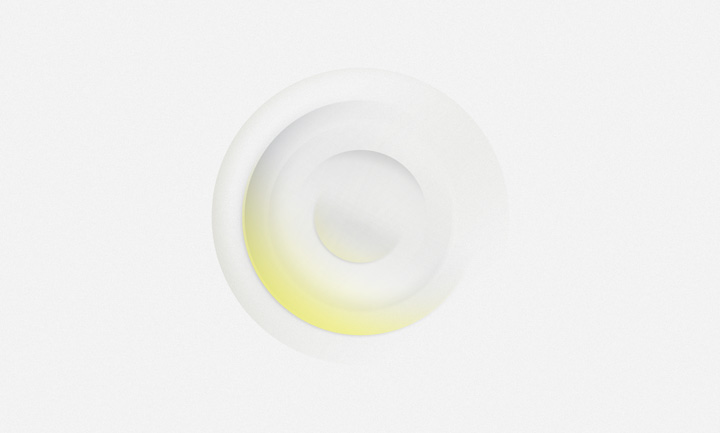With the personal connection, memories and bonds formed through our sense of smell it is no wonder that fragrance is an emotionally driven and often romanticized industry. But behind the histories, feelings and stories told by scent, modern-day fragrances are born in the glossy test tubes of contemporary laboratories.
After all, perfumery is a science which involves creativity, chemistry, and a keen sense of smell. Over the past several decades, there have been a number of scientific improvements that have enhanced the extraction processes, improving the quality of ingredients used in the fragrance industry all while using less invasive methods. With higher quality ingredients, the desired scent note is purer, more robust and realistic, leading to heightened standards in the fragrance industry. The most celebrated innovations to capture fragrant compounds include head space technology and supercritical carbon dioxide extraction.
Developed in the 1980s, headspace technology was a ground breaking technique used to capture volatile odour compounds present in the surrounding air of various objects or environments. Such elusive fragrances could be the distinct scent of a church or the enveloping aroma of a prized rose garden. Measuring the desired scent involves securing a glass dome around the object of interest, creating an airtight seal so inert gases can be passed through the space forming a vacuum which trap the odour compounds.
The compounds are then collected through various means of solvent traps or absorbent materials. Perfumers then analyse and reconstitute the samples with molecules to create a new fragrant note. This method allows for a purer and natural scent of the desired flower/plant, producing a life-like smell of a specific environment or experience such as a tropical rainforest at dusk. Apart from re-creating specific fragrant atmospheres, headspace technology is used widely throughout plant life, capturing the scents of rare flower and plants where no essential oils can be produced because they are endangered species. Other applications in perfumery include freezing fresh fruit such as exotic mango, lychee or ginger and applying the headspace technology around the fruit as it is melting – providing a scent that has a luscious and juicy, just bitten freshness.
The next innovation in scent is the rise of supercritical C02 fragrance extraction. Supercritical C02 extraction technology originates from the extraction process used for de-caffeinating products that contain caffeine such as coffee beans and tea leaves. The method is now being applied to capturing various natural fragrant compounds in a non-invasive, low temperature and low toxicity method where other applications such as expression, distillation and traditional solvent extraction fail. The process involves altering the temperature and pressure conditions of carbon dioxide (normally a gas) to its supercritical point – where it becomes a supercritical fluid, adopting properties of both a gas and a liquid. The supercritical carbon dioxide fluid is passed through the natural matter, extracting the various fragrant compounds. The pressure is then decreased and the carbon dioxide returns to its gaseous state, evaporating and leaving behind the fragrant compound extractions. This method is praised for its low environmental impact and ability to harness fragrant compounds without the use of excessive heat or agitation, making it perfect for the fragrance extraction of even the most delicate natural materials.
